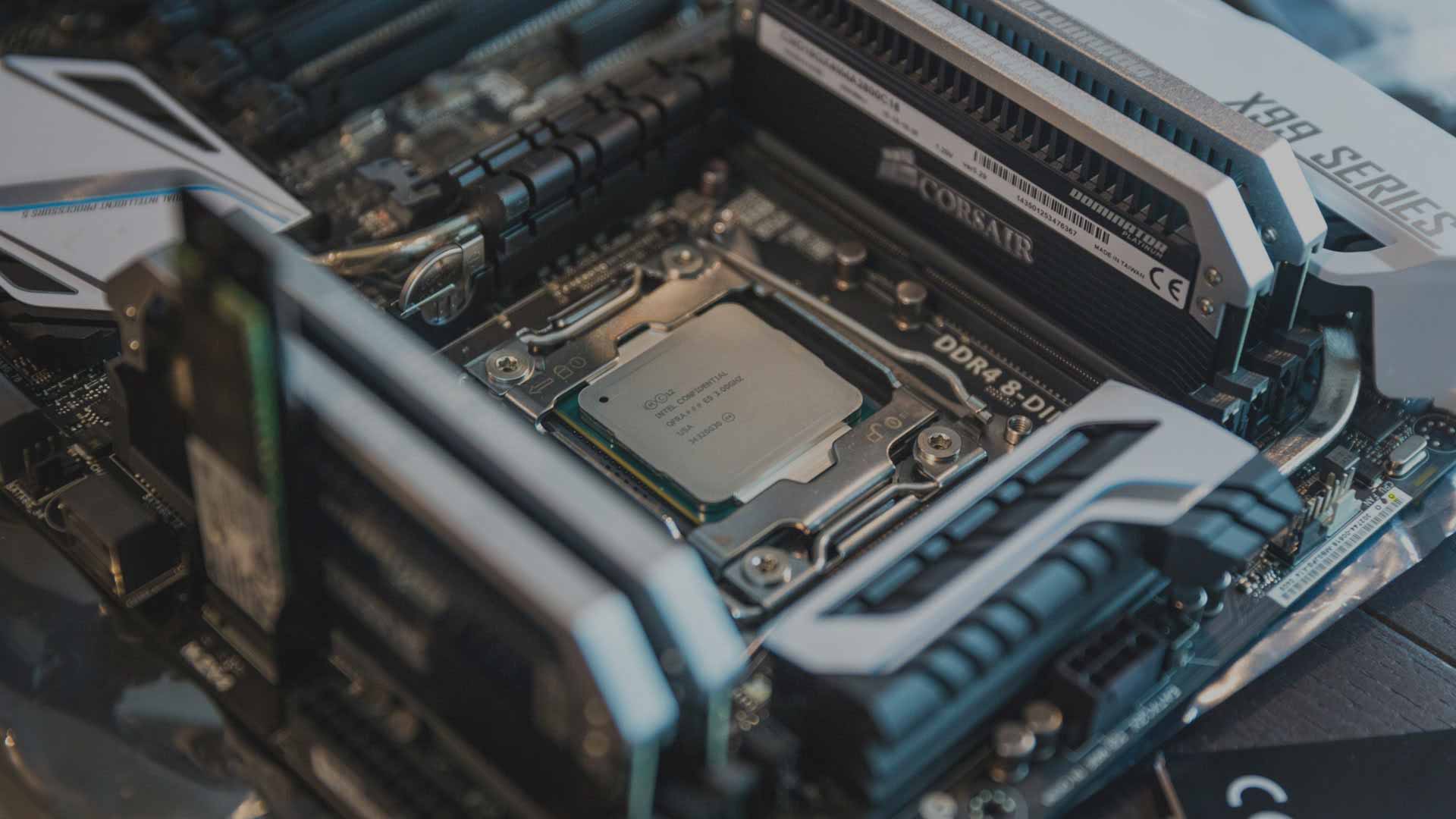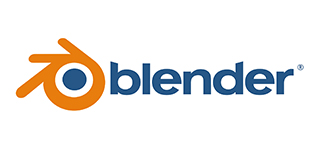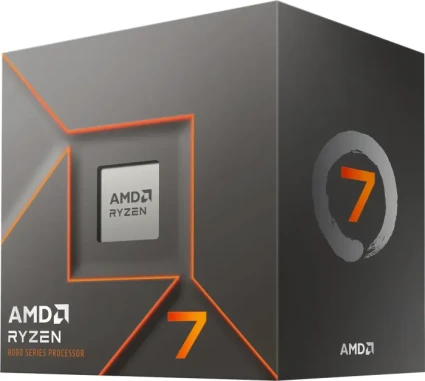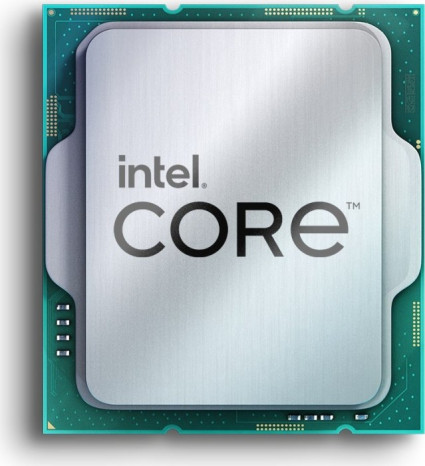
AMD Ryzen 7 8700F vs. Intel Core i5-14400 (C0)
In diesem Vergleich von AMD Ryzen 7 8700F versus Intel Core i5-14400 (C0) vergleichen wir die technischen Daten der beiden GPUs. Welche Grafikkarte ist schneller? Hier gibt es FPS & Benchmarks in Gaming und Anwendungen. Außerdem Daten zu Verbrauch, Effizienz (FPS pro Watt) und Preis-Leistung (FPS pro Euro).

Allgemeine Informationen
| Günstigster Preis |
|
|
| Serie | Ryzen 8000 | Intel Core i-14000 |
| Chip-Architektur | Zen 4 | Golden Cove (P-Core) + Gracemont (E-Core) |
| Codename | Phoenix | Raptor Lake-S |
| Produktname | AMD Ryzen 7 8700F | Intel Core i5-14400 (C0) |
Spezifikationen
Die Anzahl der Rechenkerne, die maximale Taktrate und die Größe des Cache können sich auf die Leistung in Spielen und Anwendungen auswirken. Mit 8 Kernen bietet der AMD Ryzen 7 8700F deutlich weniger Kerne als der Intel Core i5-14400 (C0) mit 10 Rechenkernen. Der maximale Takt liegt beim AMD Ryzen 7 8700F mit 5.00 GHz etwas höher als beim Intel Core i5-14400 (C0) mit 4.70 GHz. Der Cache ist beim AMD Ryzen 7 8700F mit 8 MB L2-Cache + 16 MB L3-Cache zu 9.5 MB L2-Cache + 20 MB L3-Cache deutlich kleiner als beim Intel Core i5-14400 (C0).
| Kerne (Gesamt) | 8 | 10 |
| Anzahl P-Cores | 8C | 6C |
| Anzahl E-Cores | - | 4c |
| Basis-Takt | 4.10 GHz | 2.50 GHz |
| Takt P-Cores | 4.10 GHz | 2.50 GHz |
| Takt E-Cores | - | 1.80 GHz |
| Turbo-Takt | 5.00 GHz | 4.70 GHz |
| Turbo P-Cores | 5.00 GHz | 4.70 GHz |
| Turbo E-Cores | - | 3.50 GHz |
| Gesamter L2-Cache | 8 MB | 9.5 MB |
| Gesamter L3-Cache | 16 MB | 20 MB |
| Fertigung | TSMC 4 nm | Intel 7 |
| Rechenleistung | - | - |
| Leistungsaufnahme (TDP) | 65W 45W cTDP-down |
65W (Processor Base Power) 148W (Maximum Turbo Power) |
Mainboard-Kompatibilität
Während der AMD Ryzen 7 8700F den AMD AM5 Sockel nutzt, ist der Intel Core i5-14400 (C0) mit Mainboards für den Sockel Intel 1700 kompatibel. Die genaue Chipsatz-Eignung und die unterstützten PCIe-Lanes können Sie der Tabelle entnehmen.
| Sockel | AMD AM5 | Intel 1700 |
| Chipsatz-Eignung | A620, B650, B650E, B840, B850, X670, X670E, X870, X870E (modellabhängig: PRO 600, PRO 665, X600) | B660, B760, H610, H610E, H670, H770, Q670, Q670E, R680E, W680, Z690, Z790 |
| PCIe-3.0-Lanes | - | - |
| PCIe-4.0-Lanes | 20x (verfügbar: 16) | 4x |
| PCIe-5.0-Lanes | - | 16x |
RAM-Kompatibilität
Während Sie beim AMD Ryzen 7 8700F bis zu 256 GB vom Typ DDR5 im Dual Channel verbauen können, unterstützt der Intel Core i5-14400 (C0) bis zu 192 GB DDR4/DDR5 Arbeitsspeicher.
| Speicher-Controller | DDR5 | DDR4/DDR5 |
| Anzahl Speicherkanäle | Dual Channel | Dual Channel |
| max. Speichermenge | 256 GB | 192 GB |
| ECC-Unterstützung | - | - |
Grafik
| iGPU | - | ✓ |
| iGPU-Modell | - | Intel UHD Graphics 730 |
| iGPU-Takt | - | 1,55GHz |
| iGPU-Einheiten | - | 1.5Xe/24EU/192SP |
| iGPU-Rechenleistung | - | 0.61 TFLOPS (FP32) |
| iGPU-Architektur | - | Xe-LP / Gen 12.2, Codename "Raptor Lake GT1" |
| iGPU-Interface | - | DP 1.4a (7680x4320@60Hz), eDP 1.4b (5120x3200@120Hz), HDMI 2.1 (4096x2160@60Hz) |
| iGPU-Funktionen | - | 4x Display Support, 1x Codec Engine / Video Decode Box, Intel Clear Video HD, Intel Quick Sync Video, AV1 decode, H.265 encode/decode, VP9 encode/decode, HDCP 2.3, DirectX 12, OpenGL 4.5, OpenCL 3.0, Vulkan 1.0 |
Sonstiges
| Freier Multiplikator | ✓ | - |
| Heatspreader-Kontaktmittel | - | - |
| Temparatur max. | 95°C (Tjmax) | 100°C (Tjunction) |
| Fernwartung | - | - |
| Einführung | 2024/Q2 (1.4.2024) | 2024/Q1 (8.1.2024) |
| Herstellergarantie | 3 Jahre bei AMD® Boxed-Prozessoren (Info EN) | 3 Jahre bei Intel® Tray-Prozessoren beginnend mit den Desktop-Modellen der 12. Generation (Info DE/Info EN) |
CPU-Funktionen
| AES-NI | ✓ | ✓ |
| AVX | ✓ | ✓ |
| AVX2 | ✓ | ✓ |
| Boot Guard | - | ✓ |
| CET | - | ✓ |
| DL Boost | - | ✓ |
| EIST | - | ✓ |
| GNA 3.0 | - | ✓ |
| Idle States | - | ✓ |
| Instruction Set | - | ✓ |
| ISM | - | ✓ |
| MBEC | - | ✓ |
| Optane Memory Support | - | - |
| OS Guard | - | ✓ |
| Secure Key | - | ✓ |
| Speed Shift | - | ✓ |
| SSE4.1 | ✓ | ✓ |
| SSE4.2 | ✓ | ✓ |
| Thermal Monitoring | - | ✓ |
| VMD | - | ✓ |
| VT-d | - | ✓ |
| VT-x | - | ✓ |
| VT-x EPT | - | ✓ |
| XD Bit | - | ✓ |
Spiele

- AMD Ryzen 7 8700FAVG100.00 %1%100.00 %
- Intel Core i5-14400 (C0)AVG94.34 %1%92.79 %

- Intel Core i5-14400 (C0)AVG162.5 FPS1%114 FPS
- AMD Ryzen 7 8700FAVG221.8 FPS1%165.9 FPS

- Intel Core i5-14400 (C0)AVG430.5 FPS1%253.3 FPS
- AMD Ryzen 7 8700FAVG472.2 FPS1%284.8 FPS

- Intel Core i5-14400 (C0)AVG123.3 FPS1%82.8 FPS
- AMD Ryzen 7 8700FAVG144.4 FPS1%91.8 FPS

- Intel Core i5-14400 (C0)AVG176.2 FPS1%122.6 FPS
- AMD Ryzen 7 8700FAVG159.7 FPS1%117 FPS

- Intel Core i5-14400 (C0)AVG123.5 FPS1%90.7 FPS
- AMD Ryzen 7 8700FAVG117.5 FPS1%85.5 FPS

- Intel Core i5-14400 (C0)AVG189.9 FPS1%121.4 FPS
- AMD Ryzen 7 8700FAVG205.4 FPS1%129.9 FPS

- Intel Core i5-14400 (C0)AVG71.4 FPS1%52.6 FPS
- AMD Ryzen 7 8700FAVG73.8 FPS1%57.2 FPS

- Intel Core i5-14400 (C0)AVG212 FPS1%123.2 FPS
- AMD Ryzen 7 8700FAVG211.4 FPS1%125.5 FPS

- AMD Ryzen 7 8700FAVG1.12 FPSIntel Core i5-14400 (C0)AVG1.20 FPS

- AMD Ryzen 7 8700FAVG3.16 FPSIntel Core i5-14400 (C0)AVG2.25 FPS
Produktivität
Produktivität

- AMD Ryzen 7 8700FAVG100.00 %Intel Core i5-14400 (C0)AVG86.77 %

- AMD Ryzen 7 8700FPKT117121 PunkteIntel Core i5-14400 (C0)PKT83090 Punkte

- AMD Ryzen 7 8700FPKT1287 PunkteIntel Core i5-14400 (C0)PKT1233 Punkte

- AMD Ryzen 7 8700FPKT816 PunkteIntel Core i5-14400 (C0)PKT721 Punkte

- AMD Ryzen 7 8700FSEK311 SekundenIntel Core i5-14400 (C0)SEK398 Sekunden

- AMD Ryzen 7 8700FPKT1026 PunkteIntel Core i5-14400 (C0)PKT868 Punkte

- AMD Ryzen 7 8700FPKT2573 PunkteIntel Core i5-14400 (C0)PKT2407 Punkte

- AMD Ryzen 7 8700FPKT14101 PunkteIntel Core i5-14400 (C0)PKT12680 Punkte

- AMD Ryzen 7 8700FSEK77 SekundenIntel Core i5-14400 (C0)SEK90 Sekunden




